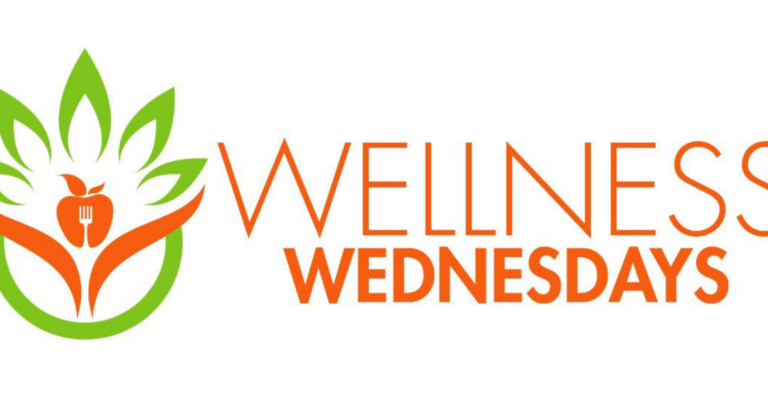Imagine this. Your doctor or health care professional will prescribe long-term physical therapy (PT). You immediately start asking yourself, “Will physical therapy reduce or eliminate my pain and discomfort?”
It is important not to start with a negative attitude.
According to the American Physical Therapy Association, “consistent and regular PT sessions make a huge difference in the progression, recovery, and healing process.”
Physical therapy is a research-proven treatment that helps heal injuries, disorders, and other health conditions. Its many benefits include pain management, increased mobility, and muscle strengthening.
The key to successful physical therapy is being an active participant in the clinic and performing at-home exercises and activities as prescribed by your PT doctor.
Remember, your success with PT is up to you.
get up and move
Static postures, such as sitting at a desk all day, can cause joint stiffness, limit joint lubrication, and reduce the overall flexibility and mobility of tissues and joints.
To keep your joints moving, it's best to change positions at least every hour. Using a timer, Fitbit, or mobile device will give you helpful reminders to take these “posture breaks.”
Flexibility is the secret
It is important to be diligent about strength and endurance training. Flexible stretching exercises play an important role in maintaining tissue mobility between muscles that contract in opposite directions.
At the end of your exercise plan, do 15 minutes of bending and stretching exercises.
quality and quantity
Exercising at home is an important “need to know” element for recovery, but it's important to focus on the quality of that exercise rather than the quantity.
It is better to repeat an exercise 10 times with proper form than 30 times with incorrect form.
ice and heat
Ice and heat can both help treat injuries.
Ice can help reduce swelling and reduce pain. This treatment is best done within 24 to 48 hours of injury, or during post-injury recovery at the end of the day or after an exercise session.
Heat is best used to increase circulation to the joint or injured area. Moist heat is preferred when dealing with joint and muscle injuries. It is best to apply heat before an exercise session to increase tissue mobility and increase blood flow to the tissues.
pain with exercise
To achieve your goals, it's important to tolerate some pain during your home training program. Pain, stiffness, tension, and muscle soreness are okay until they are at their peak and last a little.
If the pain is stabbing, sharp, or increases with repetition, stop exercising and consult a physical therapist.
Trust your physical therapist. Communication is key to successfully completing your physical therapy journey.
If you are struggling with lack of motivation, discuss your feelings and emotions with your PT therapist or doctor before your first PT appointment. Together, we can develop and implement a plan to reduce anxiety.
Don't stop your home therapy program. After successfully completing your physical therapy regimen, it is important to continue with your home exercises and activities as recommended to maintain and improve the results achieved.
The exercises in the home program are aimed at addressing areas that can lead to reinjury. Failure to do so increases the chance of reinjury.
Waiting too long can make the rehabilitation process more difficult.
Physical therapy can help you recover from orthopedic surgery or deal with injuries at home or at work. Recovery and healing of ligaments, bones, joints, and spinal cords takes time.




